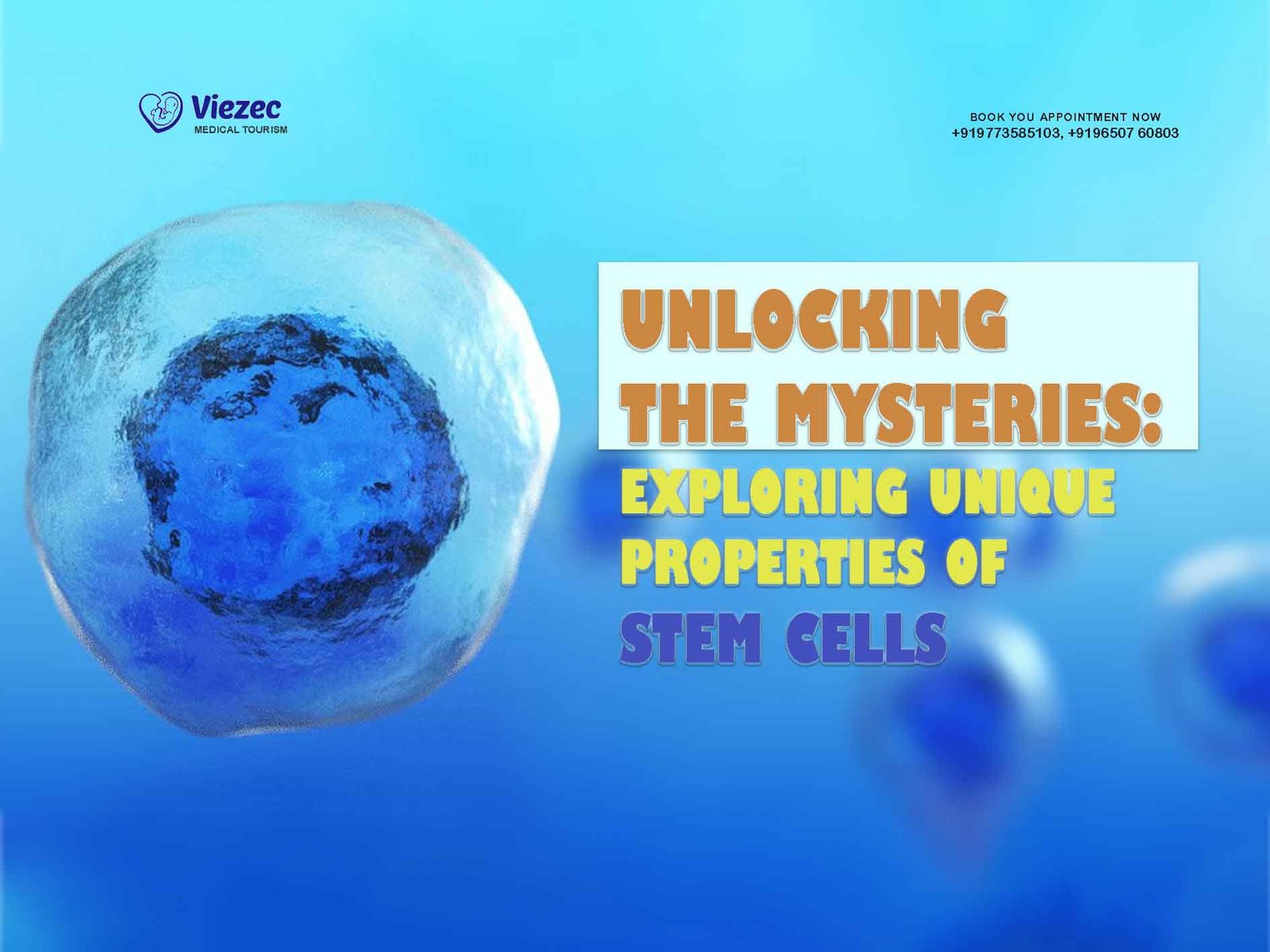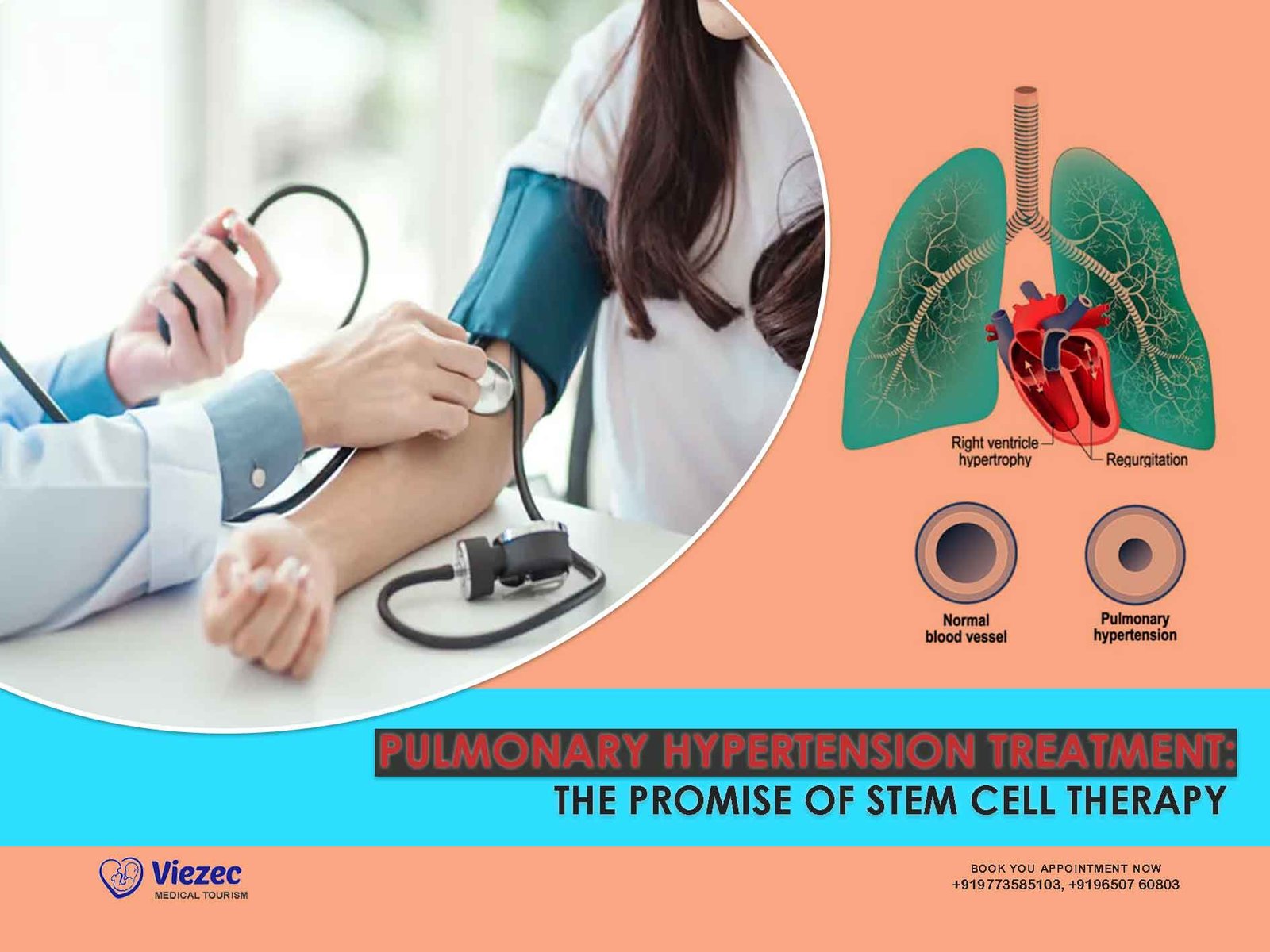Degenerative Disc Disease (DDD) is one of the most common causes of chronic back pain, mobility limitations, and reduced quality of life. As more adults experience lower-back or neck discomfort due to worn spinal discs, interest in regenerative medicine, especially stem cell therapy for DDD, has increased dramatically.
People search for options beyond painkillers, steroid injections, and surgery. That’s where stem cell–based regenerative treatments attract attention—offering the possibility of repairing damaged disc tissue instead of just masking symptoms.
This guide explains how stem cell therapy works, its potential benefits, risks, current scientific evidence, cost factors, and what patients should realistically expect.
What is Degenerative Disc Disease?
Degenerative Disc Disease is not a “disease” in the classic sense. Instead, it refers to the age-related or injury-related breakdown of spinal discs, which act as cushions between vertebrae.
Common causes
-
Loss of disc hydration
-
Wear and tear due to age
-
Repetitive strain
-
Previous spine injuries
-
Genetics
-
Poor posture or heavy occupational lifting
Typical symptoms
-
Chronic lower back pain
-
Neck pain
-
Pain that radiates to hips, buttocks, or legs
-
Numbness or tingling
-
Pain aggravated by bending, twisting, or sitting
DDD becomes more common after age 30, but the severity varies widely from person to person.
Why Patients Explore Stem Cell Therapy for Disc Degeneration?
Traditional treatments for DDD usually include physical therapy, NSAIDs, muscle relaxants, steroid injections, and eventually surgery if nothing helps. But these approaches often reduce symptoms without repairing the damaged disc.
Stem cell therapy appeals to patients because it aims to:
-
Regenerate damaged disc cells
-
Improve disc hydration
-
Reduce inflammation
-
Slow the progression of degeneration
-
Potentially delay or avoid surgery
How Stem Cell Therapy Works for Degenerative Disc Disease?
Most clinics offering stem cell therapy for DDD use Mesenchymal Stem Cells (MSCs). These are versatile cells that can transform into different types of tissues—including the cartilage-like cells found in spinal discs.
Where do the stem cells come from?
Common sources include:
-
Bone marrow–derived MSCs
-
Adipose (fat)–derived stem cells
-
Umbilical cord–derived MSCs (in some regions)
Each source has pros and cons, but the goal is the same: support disc healing and reduce inflammation.
Discover if Stem Cell Therapy Can Help You!
Book a Free Consultation with Our Experts at Viezec !
Mechanism: What Stem Cells May Do Inside the Disc?
Once injected into the damaged disc, MSCs may:
1. Reduce Inflammation
Inflammation is a major contributor to chronic back pain. MSCs release cytokines and growth factors that can calm inflammatory responses.
2. Improve Disc Hydration
Degenerated discs lose water content. MSCs may help improve hydration, which can enhance disc height and cushioning ability.
3. Stimulate Regeneration of Disc Cells
MSCs may encourage:
-
New extracellular matrix production
-
Enhanced collagen support
-
Healthier disc nucleus pulposus cells
4. Slow Further Degeneration
While complete disc restoration is unlikely, slowing progression can significantly help with long-term mobility and comfort.
Who is a Good Candidate for Stem Cell Therapy?
Stem cell therapy is best suited for individuals whose disc degeneration is not severe and who are looking for a minimally invasive alternative to surgery. It generally works well for patients who still have some disc height and structural stability.
Ideal candidates often include:
-
People with mild to moderate degenerative disc disease
-
Individuals looking to delay or avoid spinal surgery
-
Patients who did not improve with physical therapy, medications, or injections
-
Those without advanced spinal stenosis or significant instability
Not ideal candidates
-
Severe spinal deformities
-
Advanced, bone-on-bone degeneration
-
Disc collapse with structural instability
-
Active infection or inflammatory disorders
A spine MRI is usually required to confirm candidacy.
What to Expect During the Procedure?
The procedure for stem cell therapy is straightforward and minimally invasive, beginning with evaluation and ending with guided injection.
Consultation & MRI Review
Your doctor reviews your symptoms, medical history, and MRI findings to confirm that stem cell therapy is suitable for your disc condition.
-
Assessment of pain patterns
-
Review of previous treatments
-
Detailed spine imaging analysis
-
Discussion of expected outcomes
Stem Cell Collection
Stem cells are collected from a safe source depending on your treatment plan and clinic protocols.
-
Bone marrow aspiration from the pelvic area
-
Fat tissue collection through a small extraction
-
Use of donor-derived MSCs when permitted
-
Preparation for processing immediately after collection
Processing
The collected cells are refined and concentrated to create a potent regenerative formula.
-
Separation of stem cells from raw sample
-
Concentration into a high-quality injectate
-
Sterile preparation for clinical use
-
Quality checks performed by the medical team
Guided Injection
A precise, image-guided injection delivers stem cells directly into the damaged disc.
-
Fluoroscopy or ultrasound guidance
-
Accurate placement into the disc space
-
Quick outpatient procedure
-
Minimal discomfort during injection
Post-Procedure Care
After treatment, most patients can return to light activities within a day.
-
Avoid strenuous movement for several days
-
Follow the doctor’s activity guidelines
-
Maintain hydration and gentle mobility
-
Report any unusual symptoms promptly
Start Your Regenerative Journey Today!
Contact Viezec for Personalized Stem Cell Therapy Plan
Recovery Timeline
Recovery after stem cell therapy happens gradually, with most patients experiencing a steady improvement over several months. During the first one to two weeks, mild soreness is common as the body adjusts. By weeks three to six, inflammation typically begins to decrease, and early relief may be noticeable. More significant pain reduction is often reported around months two to three as the regenerative process progresses. The most meaningful structural improvements tend to appear after six months or longer, as disc healing is slow and the benefits of regeneration build over time.
Benefits of Stem Cell Therapy for DDD
Stem cell therapy for Degenerative Disc Disease offers patients a minimally invasive option that focuses on biological healing rather than symptom masking. By using the body’s own regenerative cells, this treatment aims to reduce chronic back pain, support disc repair, and improve daily function. For many individuals seeking alternatives to long-term medications or spinal surgery, stem cell therapy provides a promising path toward better mobility and long-term spine health.
Cost of Stem Cell Therapy for DDD
The overall cost of stem cell therapy for Degenerative Disc Disease can vary based on several factors, including the clinic’s expertise, geographic location, type of stem cells used, and the complexity of the procedure itself. Since this treatment is considered regenerative and still investigational in many regions, insurance providers typically do not offer reimbursement, meaning patients usually cover the expense out of pocket. A transparent discussion with the treating clinic is essential to understand what is included, how the care is structured, and whether additional evaluations or follow-up visits are required.
What the Treatment Cost Usually Covers?
-
Initial consultation and comprehensive spine assessment
-
MRI review or updated imaging if required
-
Stem cell collection or sourcing
-
Laboratory processing and preparation
-
Image-guided disc injection
-
Post-procedure monitoring and follow-up care
Stem Cell Therapy vs Traditional Treatments
| Treatment Type | Benefits | Limitations |
|---|---|---|
| Medications | • Provide short-term pain relief | • Do not repair damaged discs• Effects fade when medication wears off |
| Steroid Injections | • Reduce inflammation• Helpful for acute flare-ups | • Relief is temporary• Repeated use may weaken tissues |
| Physical Therapy | • Improves posture, strength, and mobility• Supports long-term spine health | • Cannot reverse disc degeneration• Progress may be slow |
| Surgery | • Effective for severe or advanced disc damage• Can relieve nerve compression | • Invasive with significant recovery time• May lead to adjacent segment degeneration |
| Stem Cell Therapy | • Focuses on supporting natural regeneration• Minimally invasive approach | • Results vary by individual• Not guaranteed to reverse advanced degeneration |
Is Your Condition Eligible for Stem Cell Therapy?
Speak directly with our specialist.
Lifestyle Changes That Support Disc Health
Maintaining healthy daily habits is essential for protecting your spine and maximizing the long-term benefits of stem cell therapy. Simple, consistent lifestyle practices help reduce stress on your discs, support mobility, improve circulation, and enhance overall spinal stability.
Lifestyle Habits That Support Disc Health
-
Maintain a balanced body weight to reduce pressure on your spine
-
Practice core-strengthening exercises to stabilize surrounding muscles
-
Use ergonomic chairs and proper posture during sitting or work
-
Avoid heavy lifting or sudden, repetitive strain on the back
-
Stretch regularly to keep muscles flexible and reduce tension
-
Walk daily to improve circulation and support disc nutrition
-
Avoid smoking, as it reduces blood flow and slows disc recovery
Frequently Asked Questions
Stem cell therapy may help improve disc hydration and reduce inflammation, but it does not fully reverse advanced degeneration. It is more effective for mild to moderate cases.
Success varies by patient, disc condition, and technique, with many individuals reporting reduced pain and better mobility rather than complete structural restoration.
Stem cells may help slow progression by supporting healthier disc cells and reducing inflammation, but they cannot guarantee long-term prevention.
Regenerative treatments are commonly used for disc degeneration, mild herniations, facet joint pain, and soft-tissue injuries that benefit from biological healing.
One injection may reduce pain and promote healing, but full repair usually requires time, appropriate case selection, and supportive rehabilitation.
Conclusion
Stem cell therapy offers a promising, minimally invasive option for people seeking alternatives to chronic medication, steroid injections, or spine surgery. While research is ongoing and results vary by individual, the therapy shows encouraging potential for:
-
Reducing pain
-
Supporting tissue repair
-
Improving mobility
-
Slowing disc degeneration
However, patients should have realistic expectations, consult a qualified spine specialist, and review MRI findings before choosing treatment.
List of References:-
Intervertebral Disc Repair by Allogeneic Mesenchymal Bone Marrow Cells: A Randomized Controlled Trial
https://pubmed.ncbi.nlm.nih.gov/27661661/
Application of stem cells in the repair of intervertebral disc degeneration
https://stemcellres.biomedcentral.com/articles/10.1186/s13287-022-02745-y
Mesenchymal Stem/Stromal Cells seeded on cartilaginous endplates promote Intervertebral Disc Regeneration through Extracellular Matrix Remodeling
https://www.nature.com/articles/srep33836
Mesenchymal stem cells can improve discogenic pain in patients with intervertebral disc degeneration: a systematic review and meta-analysis
https://pubmed.ncbi.nlm.nih.gov/37397969/
Intervertebral Disc Degeneration and Regeneration: New Molecular Mechanisms and Therapeutics: Obstacles and Potential Breakthrough Technologies
https://doi.org/10.3390/cells13242103









